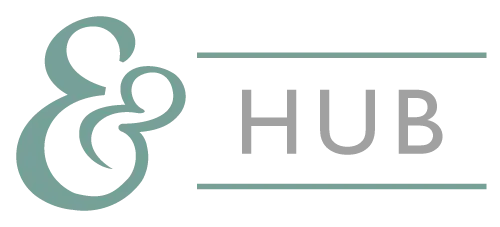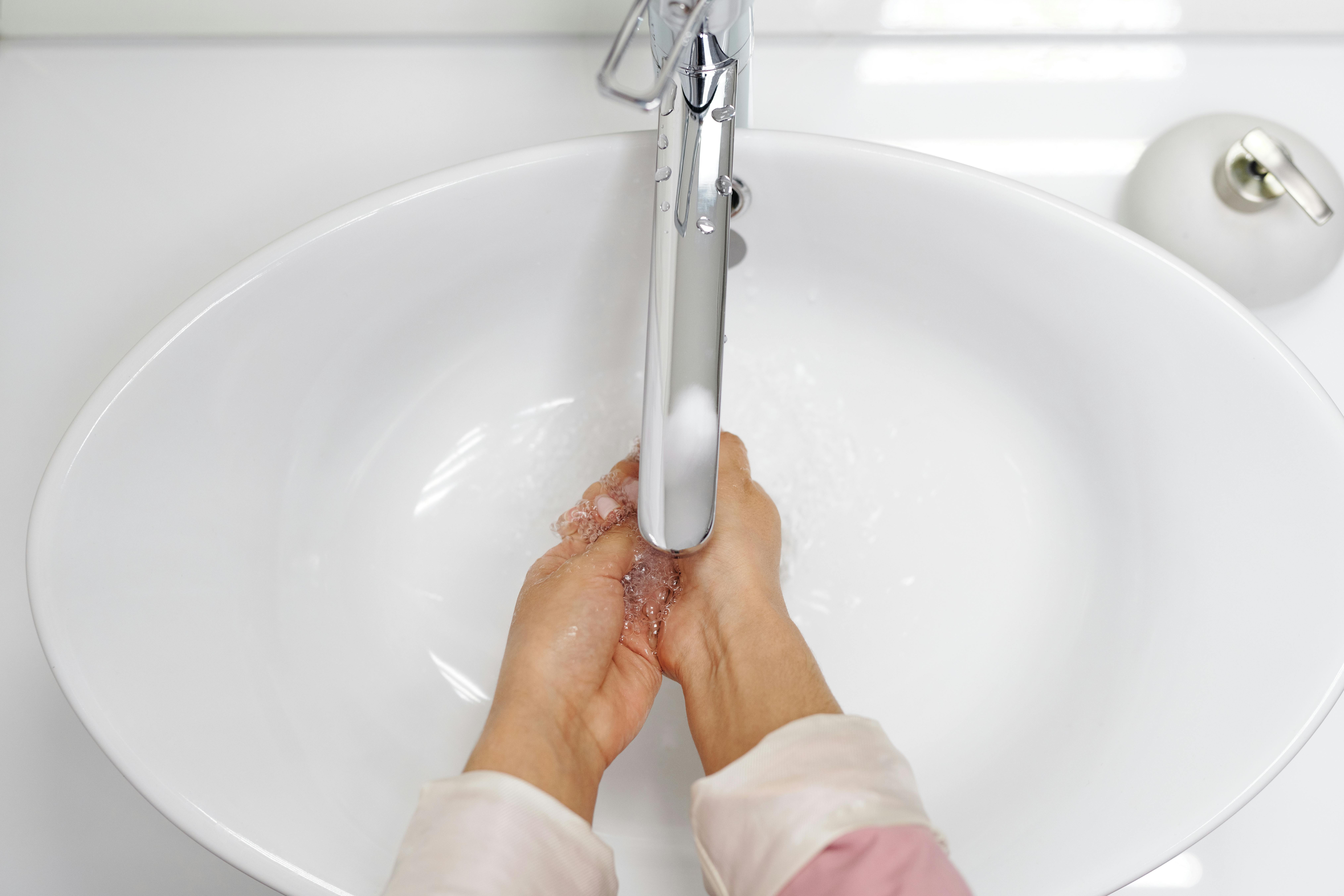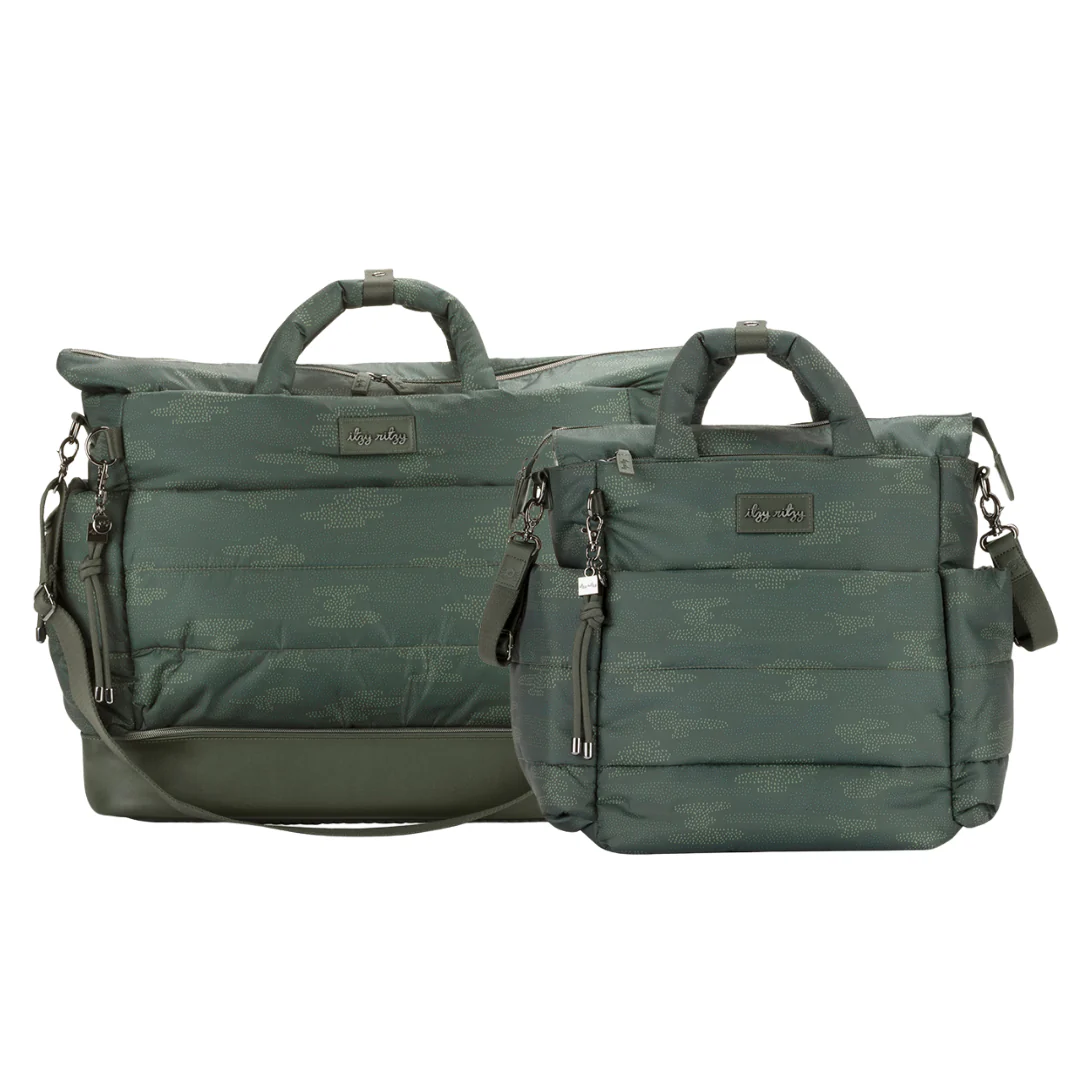Safe expression and storage of breast milk are extremely important! Breast milk is not sterile, and therefore you should take the time to be sure you are following the CDC recommendations on how to pump, store, and use expressed milk (whether fresh, frozen, or freeze-dried) in the safest way possible. Powdered breast milk should be stored and prepared properly in order to prevent contamination with Cronobacter and other bacteria that can cause serious illness if precautions are not taken.
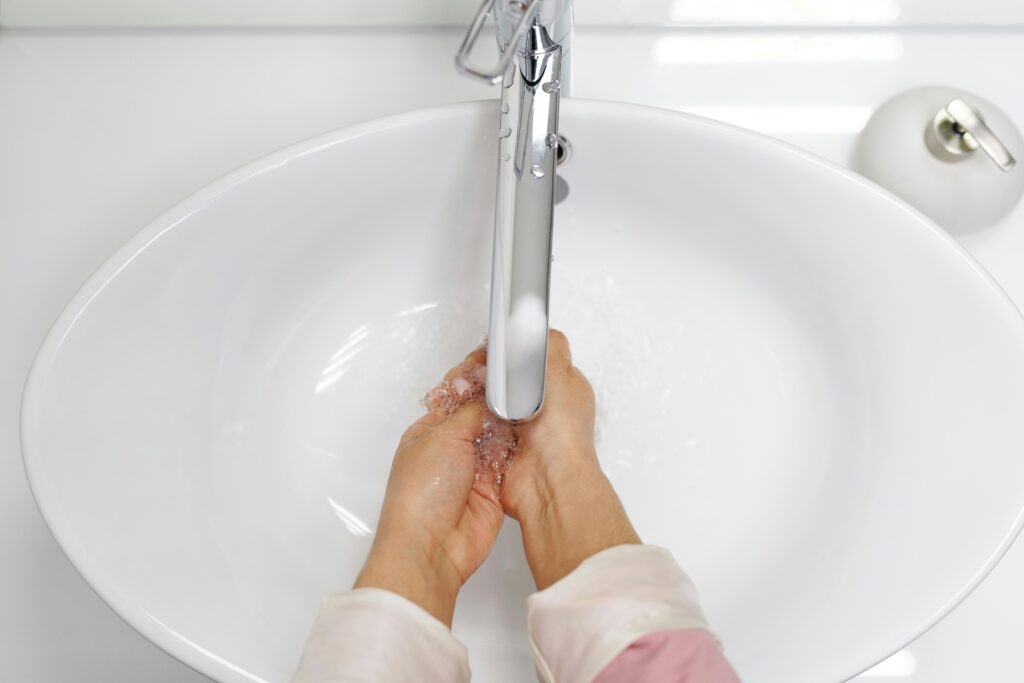
Photo by Edward Jenner
Keep Your Hands Clean!
Always wash your hands carefully with soap and water during key times:
- Before preparing and feeding bottles or foods to your baby.
- Before touching your baby’s mouth.
- Before touching pacifiers or other things that go into your baby’s mouth.
- After using the toilet or changing diapers.
If soap and water are not available, use an alcohol-based hand sanitizer with at least 60% alcohol (check the product label to be sure). Hand sanitizer with at least 60% alcohol kills Cronobacter germs, but wash with soap and water as soon as possible after using hand sanitizer.
That’s because hand sanitizer does not kill all types of germs, and it may not work as well if hands are visibly greasy or dirty. It’s also important to keep all objects clean that may enter the baby’s mouth (such as pacifiers and teethers).
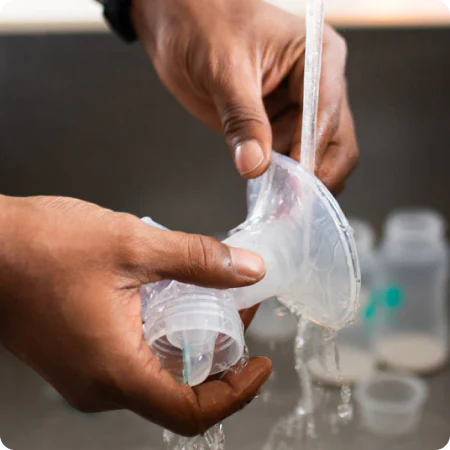
Clean, Sanitize, and Store Feeding Items and Breast Pump Parts Safely.
You can help prevent contamination with germs and keep the milk you feed your baby safe by carefully cleaning, sanitizing, and storing:
- Baby bottles
- Other feeding items
- Breast pump parts
Mothers can express breast milk by hand or with a manual or electric pump. If using a shared pump, clean pump dials, power switch, and countertop with a disinfectant wipe. If using a pump, inspect the pump kit and tubing to make sure it is clean. Discard and replace moldy tubing immediately.
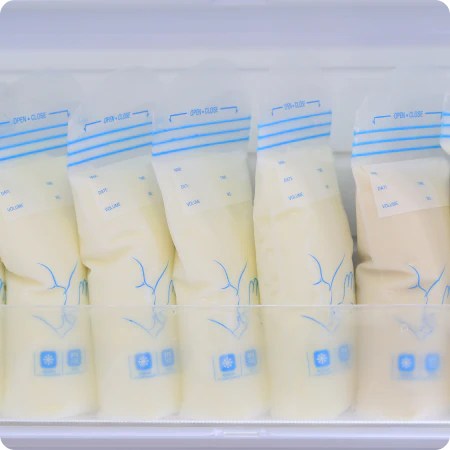
Store Expressed Milk in the Right Type of Container
When storing breast milk, one extremely important consideration is avoiding cross-contamination. All containers for collection and storage of breast milk should be kept clean. When possible, pump directly into pre-sealed, pre-sterilized storage containers.
- Use breast milk storage bags or clean, food-grade containers to store expressed breast milk. Make sure the containers are made of glass or plastic and have tight fitting lids.
- Avoid bottles with the recycle symbol number 7, which indicates that the container may be made of a BPA-containing plastic.
- Never store breast milk in disposable bottle liners or plastic bags that are not intended for storing breast milk.
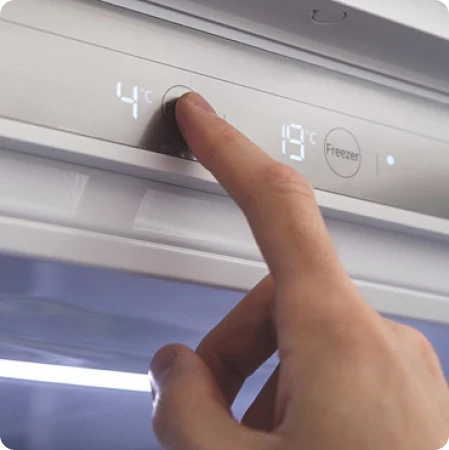
Store Expressed Milk at the Correct Temperature
CDC guidance says that it is acceptable to store breast/human milk for up to 4 days in the refrigerator (preferably the back of the refrigerator to prevent intermittent warming from the door opening). However, If you plan to freeze breast milk, try to freeze within 24 hours as the enzymes begin to change at approximately 25 hours (Bransburg-Zabary S, et. al. 2016). If not used within 96 hours (4 days), fresh breast milk should be transferred to the freezer in a clean, freezer-safe container and dated.
It is acceptable to store breast/human milk in a freezer with an attached refrigerator (0°F or −18°C) for up to 6 months and in a deep freezer (−4°F or −20°C) for up to 9-12 months; however, the sooner it is used, the better. Frozen breast/human milk safely lasts in the freezer for 1 month while preserving most of the nutrients; after 3 months in the freezer, there is a decline in concentrations of fats, calories and other macronutrients (Garcia-Lara, N. et.al. (2012).
Other storage tips from the CDC:
- Clearly label the breast milk with the date it was expressed.
- Do not store breast milk in the door of the refrigerator or freezer. This will help protect the breast milk from temperature changes from the door opening and closing.
- If you don’t think you will use freshly expressed breast milk within 4 days, freeze it right away. This will help to protect the quality of the breast milk.
- When freezing breast milk:
- Store small amounts to avoid wasting milk that might not be finished. Store in 2 to 4 ounces or the amount offered at one feeding.
- Leave about one inch of space at the top of the container because breast milk expands as it freezes.
- If you deliver breast milk to a child care provider, clearly label the container with the child’s name. Talk to your child care provider about any other requirements for labeling and storing breast milk.
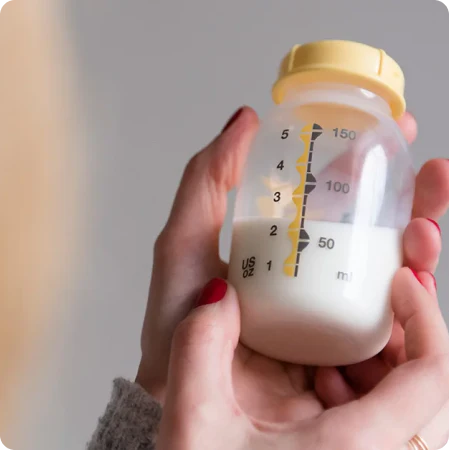
Preparing Expressed Breast Milk Safely
Thawing frozen milk:
- Always thaw the oldest breast milk first. Remember first in, first out. Over time, the quality of breast milk can decrease.
- There are several ways to thaw your breast milk:
- In the refrigerator overnight.
- Set in a container of warm or lukewarm water.
- Under lukewarm running water.
- Never thaw or heat breast milk in a microwave. Microwaving can destroy nutrients in breast milk and create hot spots, which can burn a baby’s mouth.
- If you thaw breast milk in the refrigerator, use it within 24 hours. Start counting the 24 hours when the breast milk is completely thawed, not from the time when you took it out of the freezer.
- Once breast milk is brought to room temperature or warmed, use it within 2 hours.
Using Breast Milk Powder
Breast milk powder, like powdered infant formula, is not sterile. To use breast milk powder safely, precautions should be followed using guidance from the CDC on how to prepare breast milk as well as how to prepare infant formula. Make sure that the container is in good condition and that the expiration date has not passed. Keep scoops clean, and mix powdered breast milk following rehydration instructions. If your baby is less than 3 months old, was born prematurely, or has a weakened immune system, you may want to take the following extra steps to prepare with hot water (at least 158°F/70°C) to protect against sickness:
- Clean work surfaces, such as countertops and sinks.
- Boil water and let it cool for about 5 minutes.
- Pour into a clean bottle or feeding cup.
- Add the exact amount of powder/water listed on the container, and carefully shake the capped bottle rather than stirring the mixture.
- To use right away, cool the milk to body temperature to ensure it is not too hot before feeding your baby. Run the prepared, capped bottle under cool water or place it into an ice bath. Do not let the cooling water get into the bottle or on the nipple.
- Before feeding the baby, test the temperature by putting a few drops on the inside of your wrist. It should feel warm, not hot.
If your baby did not finish the bottle, use the leftover milk within 2 hours after the baby is finished feeding. After 2 hours, leftover breast milk should be discarded.
This post originally appeared on milkifyme.com. Milkify is the most trusted breast milk freeze-drying service, customized to your needs.
